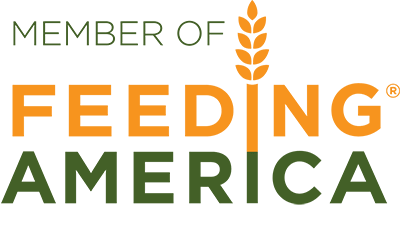10 Ways to Eat Whole Grains
Any food made from wheat, rice, oats, cornmeal, barley or another cereal grain is a grain product. Grains are divided into two subgroups, whole grains and refined grains. Whole grains contain the entire grain kernel—the bran, germ and endosperm. People who eat whole grains as part of a healthy eating style have a reduced risk of some chronic diseases. Here are 10 healthy tips to eat whole grains.
- Make Simple Shifts- To make half your grains whole grains, choose 100% whole-wheat bread, bagels, pasta or tortillas; brown rice; oatmeal; or grits.
- Whole Grains Can Be Healthy Snacks- Popcorn is a whole grain. Make it with little or no added salt or butter. Also, try 100% whole-wheat or rye crackers.
- Save Some Time- Cook extra brown rice or oatmeal when you have time. Refrigerate half of what you cook to heat and serve later in the week.
- Mix It Up with Whole Grains- Use whole grains in mixed dishes, such as barley in vegetable soups or stews and bulgur wheat in casseroles or stir-fries. Try a quinoa salad or pilaf.
- Try Whole-Wheat Versions- Change up your favorite meal with whole grains. Try brown rice stuffing in baked green peppers or tomatoes and whole-wheat noodles in lasagna.
- Bake Up Some Whole Grain Goodness– Experiment by substituting buckwheat, millet or oat flour for up to half of the flour in your favorite pancake or waffle recipes. To limit saturated fat and added sugars, top with fruit instead of butter and syrup.
- Be a Good Role Model for Children- Set a good example for children by serving and eating whole grains every day with meals or as snacks.
- Check the Label– Most refined grains are enriched. This means that certain B vitamins and iron are added back after processing. Check the ingredients list to make sure the word “enriched” is included in the grain name.
- Know What to Look for on the Ingredients List– Read the ingredients list and choose products that name a whole-grain ingredient first on the list. Look for “whole wheat,” “brown rice,” “bulgur,” “buckwheat,” “oatmeal,” “whole-grain cornmeal,” “whole oats,” or “whole rye.”
- Be a Smart Shopper- The color of a food is not an indication that it is a whole-grain food. Foods labeled as “multi-grain,” “stone-ground,” “100% wheat,” “cracked wheat,” “seven-grain,” or “bran” are usually not 100% whole-grain products, and may not contain any whole grain.
For more healthy tips, follow us on Facebook. For healthy recipes, click here.
The tips featured in this blog post were developed by the USDA. For more information, visit myplate.org.
